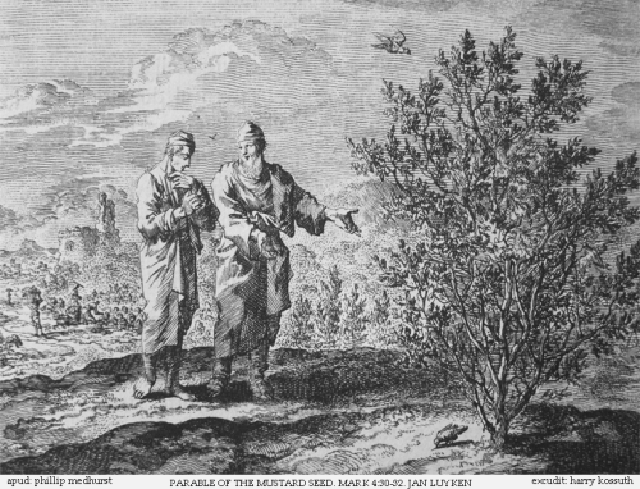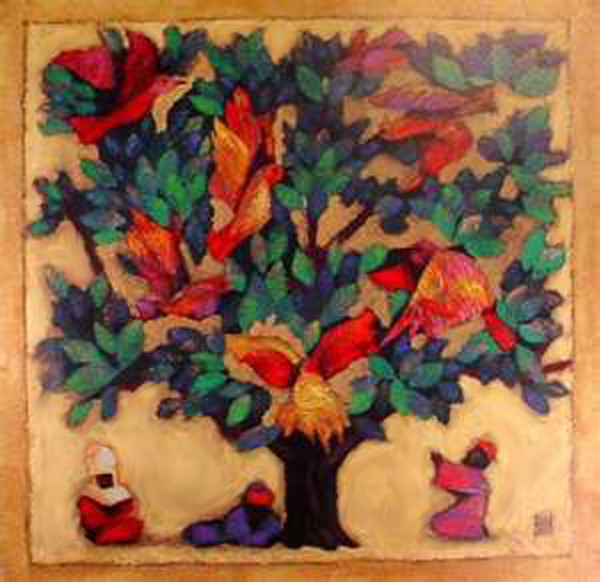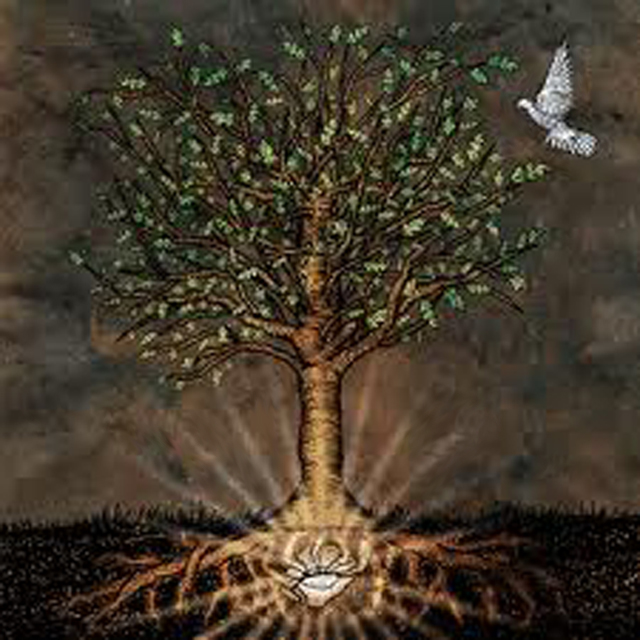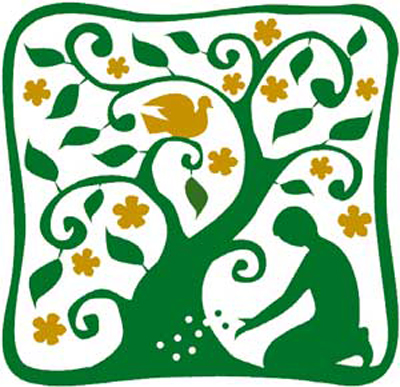Today’s object is something sticky. A jar of glue or honey would work. It might have a prominent label.
Ask members of your congregation what they think you are holding. Go around, offer people a touch of what is sticky and gooey.
Ask them what they need in order to believe that what they are seeing is the real thing. Odds are that no one will want to touch the gooey stuff. But just in case—have some wipes ready. You never know what another person’s sticky point in believing might be!
Today’s Gospel lesson is the story that branded Thomas as “the Doubter” — the disciple who not only had to see Christ to believe in the Resurrection but boasted that he also had to touch his wounds. He had to know that it was really Jesus and not some impostor. The wounds were proof.
Retell the story. Hit the high points.
The disciples were now in the habit of meeting behind locked doors. Their lives were at stake.
Jesus appears. No knock on the door. No secret password for entry. He simply appears.
It is surely one of his first appearances. He will make others, but the two gatherings discussed in today’s Gospel are still “news.”
Thomas wasn’t there for the first gathering, but he heard about it—it was the hottest gossip in town.
Think about gossip for a minute. Some people who hear juicy gossip merge it with their own story, leading the next hearers to believe that the news is firsthand.
Thomas didn’t do this. Thomas wanted proof.
He lays it on the line. To be so memorable it must have been with some degree of machismo.
“Unless I see the mark of the nails in his hands, and put my finger in the mark of the nails and my hand in his side, I will not believe.”
The next time the disciples are together—with Thomas among them—and Jesus appears, all eyes turn to Thomas.
Jesus is there to bring peace and fuel the disciples with the Spirit.
But he is God and all-knowing. He knows the gossip, too. He turns to Thomas and offers his wounds to him.
Here is the interesting thing that almost all artists get wrong. The story of Thomas is depicted inaccurately so often that we tend to overlook an important part of this story.
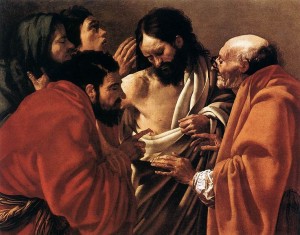 Artist after artist shows Thomas poking a finger or two into Jesus’ still open wounds. It’s almost as if we can’t believe this story if we don’t see Thomas following through on his pledge. (Here is one work by Hendrick ter Brugghen).
Artist after artist shows Thomas poking a finger or two into Jesus’ still open wounds. It’s almost as if we can’t believe this story if we don’t see Thomas following through on his pledge. (Here is one work by Hendrick ter Brugghen).
But reread the story from the gospel. Thomas doesn’t poke his fingers into Jesus’ wounds. Thomas immediately confesses his creed, “My Lord and my God.” Thomas never follows through on his boastful pledge. Seeing was believing.
If your congregation uses projection, use 2×2’s weekly slide presentation to be published by Thursday as evidence.
You might close by giving poor Thomas his due. Sure, Thomas doubted, but from his doubt grew an incredible faith. Thomas is credited with carrying the message of Christ to India and establishing the first Christian church there. Some Indian families today proudly trace their Christian heritage to his ministry. (And with this you can tie in two verses from today’s psalm — Psalm 16: 5-6.
The Lord is my chosen portion and my cup; you hold my lot. The boundary lines have fallen for me in pleasant places; I have a goodly heritage.
Please Consider Subscribing to 2×2
2x2virtualchurch adds a slideshow and object lesson to our library each week. There are more than 100 in our collection. If you like our easy, interactive approach to engaging adult learners, please consider subscribing.
Thank you.
[jetpack_subscription_form]

